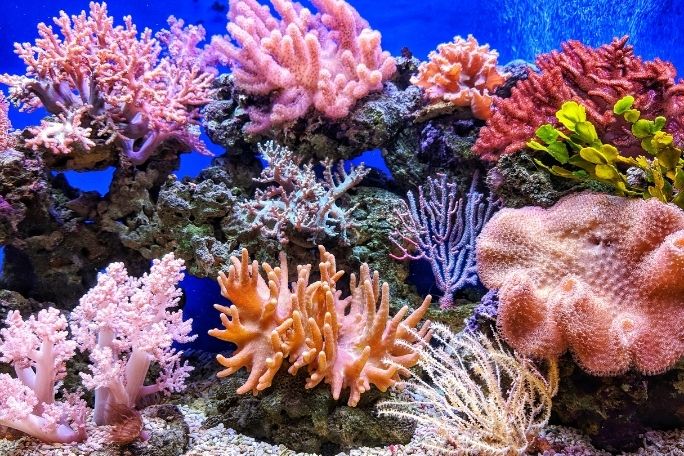Lesson summary
Students investigate ecosystem diversity by comparing a variety of Australian ecosystems. They identify the key features of ecosystems and suggest the main factors that influence them. They ask questions about the conservation and threats to ecosystems of interest.
Learning intentions:
Students will...
- investigate ecosystem diversity by comparing a variety of Australian ecosystems. They identify the key features of ecosystems and suggest the main factors that influence them. They ask questions about the conservation and threats to ecosystems of interest.
Lesson guides and printables
Lesson details
Curriculum mapping
Australian curriculum content descriptions:
Year 5 Science:
- Living things have structural features and adaptations that help them to survive in their environment (ACSSU043)
Year 5 English:
- Use comprehension strategies to analyse information, integrating and linking ideas from a variety of print and digital sources (ACELY1703)
Year 6 Science:
- The growth and survival of living things are affected by the physical conditions of their environment (ACSSU094)
Year 6 English:
- Create literary texts that adapt or combine aspects of texts students have experienced in innovative ways (ACELT1618)
Syllabus Outcomes: ST3-10LW, ST3-11LW, EN3-3A, EN3-7C.
Indoor or outdoor activity: Indoor
Time required: 45 mins +
Level of teacher scaffolding: Lead class discussion and assist with research.
Resources required
- Student Worksheet
- Writing materials
- Internet access
Additional info
This is an original Cool.org lesson. Facts and figures in these lessons may have changed since this lesson was published. We always endeavour to update our resources in a timely manner, but if you see an error or issue in our resources please get in touch with us.


Welcome back!
Don't have an account yet?
Log in with:
By signing up to Cool.org you consent and agree to Cool's privacy policy to
store, manage and process your personal information. To read more, please see
our privacy policy here(Opens in new tab).
Create your free Cool.org account.
Many of our resources are free, with an option to upgrade to Cool+ for premium content.
Already have an account?
Sign up with:
By signing up to Cool.org you consent and agree to Cool's privacy policy to
store, manage and process your personal information. To read more, please see
our privacy policy here(Opens in new tab).